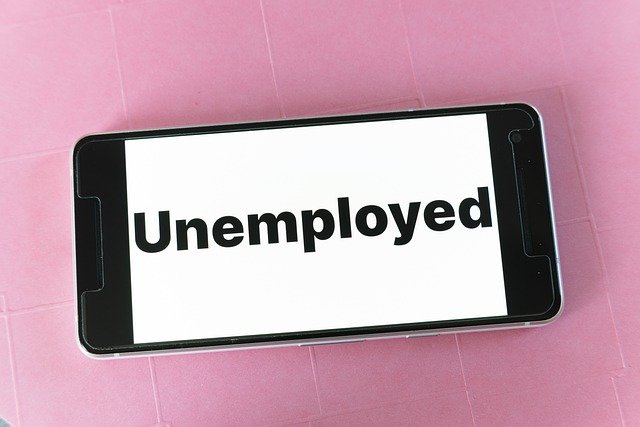Unemployment is a major problem in the world today. There are many causes of unemployment, but the most common one is that there are not enough jobs for everyone who wants to work.
There are many ways to overcome unemployment, but it is up to you to find what works best for you. You can try volunteering, starting your own business, or applying for jobs with companies that don’t require a college degree.
read also: Side hustles: how to grow your gig faster
Types of unemployment rates
The first thing we should do is understand the unemployment statistics. There are various types of unemployment rates:
Official Unemployment Rate
The percentage of people who are unemployed and actively seeking work.
U6 Unemployment Rate
The percentage of people who are unemployed and looking for work plus those who have given up looking for work.
Youth Unemployment Rate
The percentage of people in the age group 16-24 who are unemployed and looking for work.
read also: Before you quit your job do these 6 things
The unemployment statistics
The unemployment rate is a measure of the percentage of people in the labor force who are unemployed but actively seeking work. It is also known as U-3.
The unemployment rate is a measure of the percentage of the workforce that does not have a job. It is calculated by dividing the number of unemployed people by the total civilian labor force. The unemployment rate is usually expressed as a percentage and it is often used to measure trends in employment.
The Bureau of Labor Statistics (BLS) releases these statistics monthly, and they are based on a monthly survey conducted by the Census Bureau. The unemployment rate is one of the key indicators that economists use to predict how well an economy is doing.
The employment statistics
The employment rate measures the percentage of people aged 16 and over who are employed full-time or part-time. This statistic, also known as U-6, includes those who have stopped looking for work but want to work, those who want to work but have not looked recently enough, and those who are under 16 years old or retired from working. It does not include those in institutions
Employment statistics are data that are collected on wages, hours, and other aspects of employment. They can be used to analyze different aspects of the economy, such as employment rates, wage rates, and income levels. Employment statistics provide important information on how well an economy is performing economically and they can help predict future economic activity.
There are many reasons why we should not trust employment statistics blindly. For example, some people may be discouraged workers who want to work but have given up looking for jobs because they don’t
4 Reasons Why Employers are Reluctant to Hire
Unemployment is a difficult situation for everyone involved. There are many causes of unemployment and not just one reason why people are unemployed.
One of the reasons for unemployment is that employers do not hire people. They don’t hire more people because they think that it will be too expensive or they are not sure if the person will be a good fit for their company.
Another reason for unemployment is that someone might have been fired from their job, left voluntarily, or retired on their terms.
The last reason for unemployment is that someone might have been looking and unable to find a job (referred to as “discouraged workers”).
Why are people unemployed?
Unemployment is a complicated issue and many factors can contribute to it. The three main reasons for unemployment are:
• Lack of jobs
• Inability to find work
• Lack of skills.
Employers often don’t hire more people because they don’t want to pay higher salaries, or they’re unable to find people who have the skills they need. This means that there are more job openings than there are qualified workers available for them.
How an Economic Downturn Affects Unemployment Rates Across the Country
The economic downturns that have occurred in the past have had a significant impact on unemployment rates. The last major economic downturn was from 2007-2009 and it led to a spike in unemployment rates across the country.
The unemployment rate is the percentage of people who are unemployed and looking for work but can’t find any. It is an important indicator of how well an economy is doing. When people are unemployed, they aren’t earning money, which means they don’t have any spending power in the economy. This can lead to a downward spiral where businesses stop hiring because they think there will be less demand for their products and services.
4 Employability Skills That Will Land You A Job Faster
Certain employability skills will land you a job faster are
• Communication Skills
• Leadership Skills
• Teamwork Skills
• Creativity and Innovation Skills
Ways To Enhance Your Employability Skills That Will Land You A Job Faster
Employability skills are the skills that employers are looking for when hiring new employees.
The following are 3 ways to enhance the employability skills that will land you a job faster:
Become an expert in your field
It is important to know what you are talking about and be able to back up your knowledge with facts and statistics.
Learn how to work well on teams
It is important to know how to work in a group setting and collaborate with others.
Learn how to communicate effectively
One should be able to communicate their thoughts clearly and concisely, both orally and in writing.
Conclusion
Unemployment is a complicated issue and many factors can contribute to it. To be successful in today’s workplace, one must have the employability skills needed.



